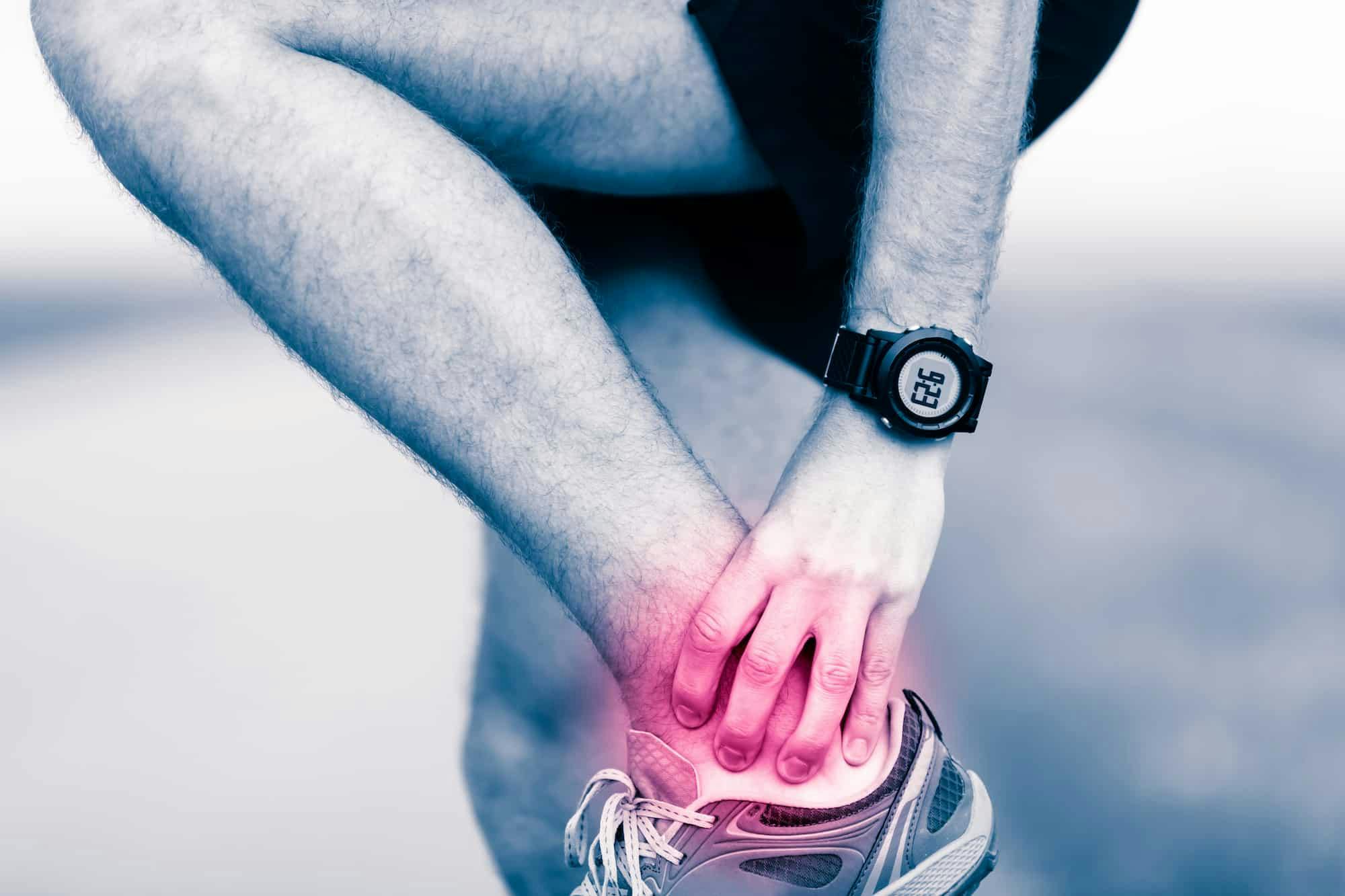- Blog
Healing Torn Ligaments in the Foot
Posted on 12-24-2025 in Foot/Ankle & Midfoot by Dr. Erik Nilssen

Posted on 12-24-2025 in Foot/Ankle & Midfoot by Dr. Erik Nilssen
When an individual suffers a Lisfranc injury, his or her joints and/or ligaments in the middle foot are affected. This type of injury may result from a slip and fall or a major accident. If a Lisfranc injury is mistaken for a sprain and treatment is not sought, more significant problems can arise. While some physicians and centers rush through diagnosing patients, at Florida Bone & Joint we take the time necessary to ensure each patient receives an accurate diagnosis. An accurate diagnosis is crucial to ensuring patients receive the treatment they need to recover.
SYMPTOMS OF A LISFRANC INJURY
Common symptoms associated with this type of injury include pain and swelling on top of the foot. In addition, bruising is frequently seen. Lisfranc injuries range from mild to severe. An individual who has a mild ankle and foot injury may have no bruising whatsoever. Furthermore, he or she may only experience slight pain while putting weight on the injured foot. However, an individual with a severe Lisfranc injury may notice that the foot looks distorted. In addition, any amount of weight placed on the foot may cause extreme pain.
TREATING A MILD ANKLE AND FOOT INJURY
Following an injury to the ankle and foot, individuals should use the RICE treatment method:
Symptoms indicating a severe injury that requires medical intervention:
DIAGNOSING A LISFRANC INJURY
In order to properly diagnose this type of injury, Dr. Erik Nilssen and his medical staff take several things into consideration, including the patient’s symptoms, diagnostic test results and foot exam results. Dr. Nilssen will examine the patient’s foot to find the location from which the pain is stemming. He will also perform tests to determine the stability of the injured area(s). Dr. Nilssen may order a series of ankle and foot X-rays. These X-rays will show whether or not a patient has shifted and/or broken bones within the foot.
In addition, patients may receive an order for a Magnetic Resonance Imaging (MRI) test; whereas an X-ray shows the bones of the foot, an MRI shows the ligaments of the foot. Furthermore, patients may receive a computed tomography (CT) scan to assist in determining the extent of the injury to the bone. A CT scan is also beneficial to Dr. Nilssen when a patient requires surgical intervention.
TREATMENT OPTIONS
If Dr. Nilssen finds that the bones and ligaments in the middle of the foot are not injured severely or shifted from their proper positions, non-surgical treatment with casting can be successful. A patient usually remains in the cast for 6 weeks. Some patients will need surgical intervention to restore their foot’s anatomy.
RECOVERING FROM LISFRANC SURGERY
The length of recovery depends on the severity of the injury. In the majority of cases, patients will be placed in a cast for 6 weeks, followed by another 6 weeks in a walking boot. Physical therapy treatments to strengthen the ankle and foot begin approximately 3 months after surgery. It may take up to 12 months for an individual to completely recover from Lisfranc surgery.
Returning to activities too soon after ankle and foot surgery could lead to another injury that results in the development of arthritis, damage to the blood vessels and/or a longer healing time. If you have sustained an ankle and/or foot injury, contact us today.
Sources

May is Arthritis Awareness Month, an opportunity to increase public understanding of arthritis and its impact on millions of lives. Established by the Arthritis Foundation, this national observance highlights the importance of early diagnosis, effective treatment, and ongoing research to improve the quality of life for those with arthritis.

With summer in full swing and children taking advantage of more time to participate in sports-related or other outdoor activities, it’s essential to be mindful of injury prevention while encouraging their interest in activities that don’t involve screen time!

May is National Arthritis Awareness Month, and of the more than 100 forms of this painful condition, many can affect the ankle. In fact, almost half of people in their 60s and 70s have arthritis of the foot and/or ankle, but not all of them have symptoms.